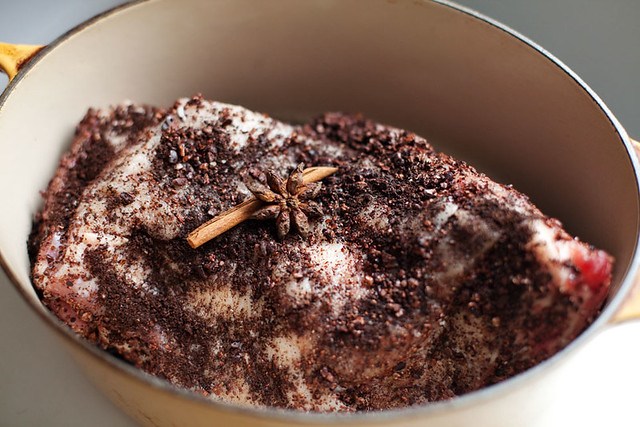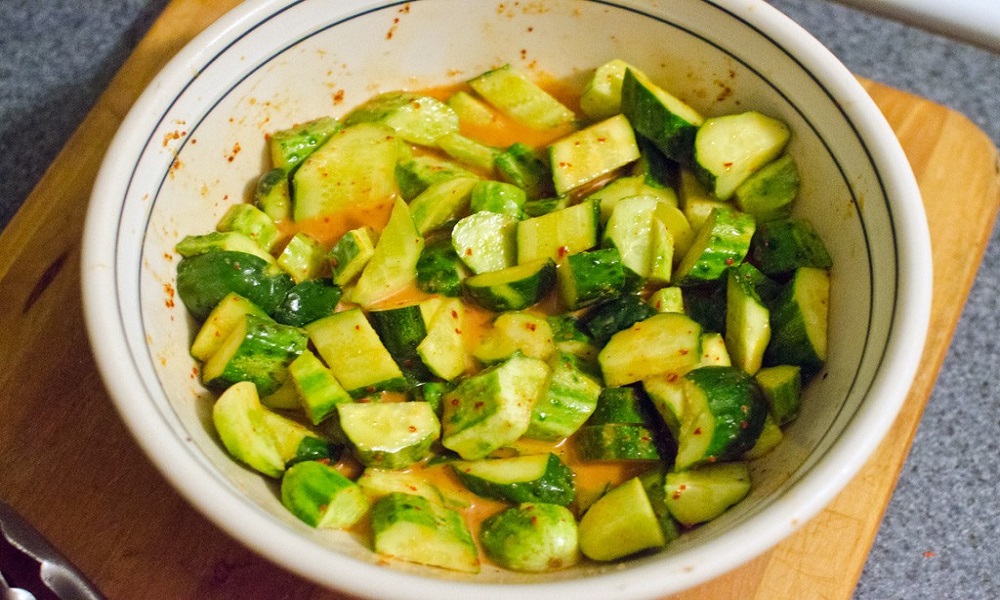Cooking without recipes isn’t recklessness – it’s fluency. Understanding basic techniques and flavor principles empowers improvisation based on available ingredients, reducing reliance on specialty items and enabling smart substitutions. This skill can lower grocery bills by 15-20% through reduced specialty ingredient purchases while developing intuitive cooking abilities that transform kitchens into creative laboratories.
14. Create Your Own Flavor Base from Kitchen Scraps
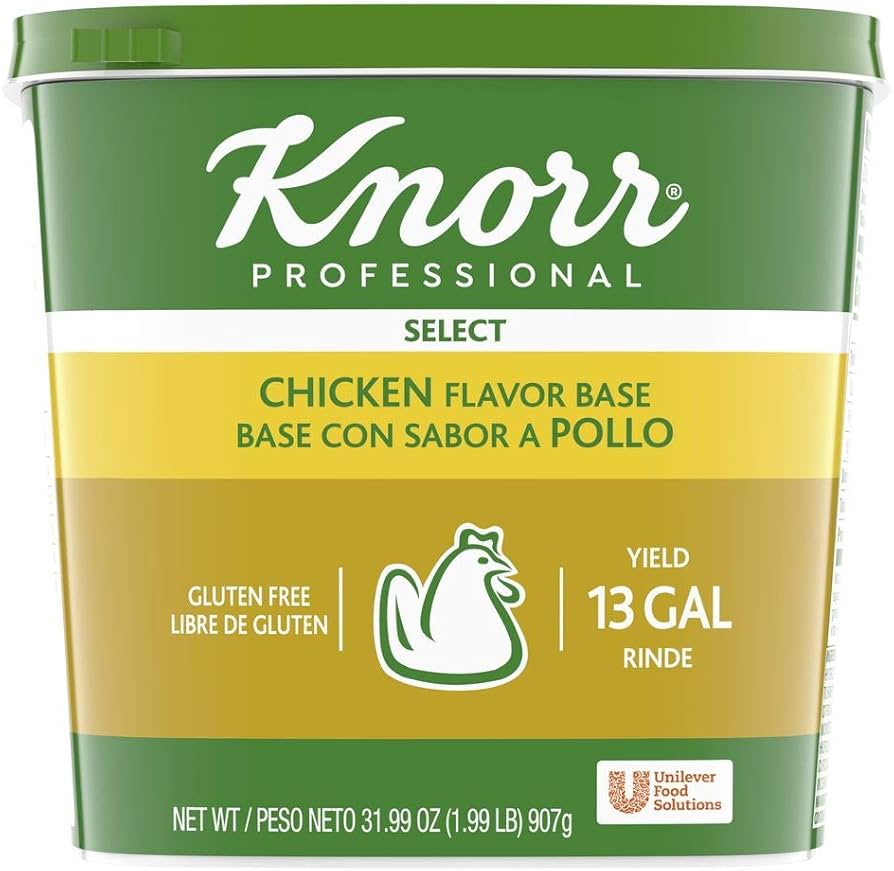
That wilted celery lurking in your crisper drawer isn’t trash – it’s liquid gold waiting to happen. Transform those vegetables dancing on the edge of expiration into concentrated flavor bombs that would make any French chef weep with envy. Drop one cube into your pan on a busy Tuesday night, and suddenly you’re not just reheating leftovers – you’re orchestrating a symphony of flavors.
13. Master the Art of Properly Storing Herbs

Over half of purchased fresh herbs meet their demise in refrigerator purgatory, wilted and forgotten. Treat woody herbs like rosemary and thyme as you would fresh flowers – trim their stems and give them a water glass home. For tender herbs, wrap them gently in damp paper towels like precious vintage photographs.
12. Transform Bread Ends into Gourmet Breadcrumbs

Those unloved bread ends deserve better than the garbage disposal. Bake them at 300°F until they’re completely dry, then grind them into breadcrumbs that put store-bought versions to shame. The texture is more complex, the flavor more nuanced – like comparing a vinyl record to a compressed MP3.
11. Perfect the Perpetual Soup Pot
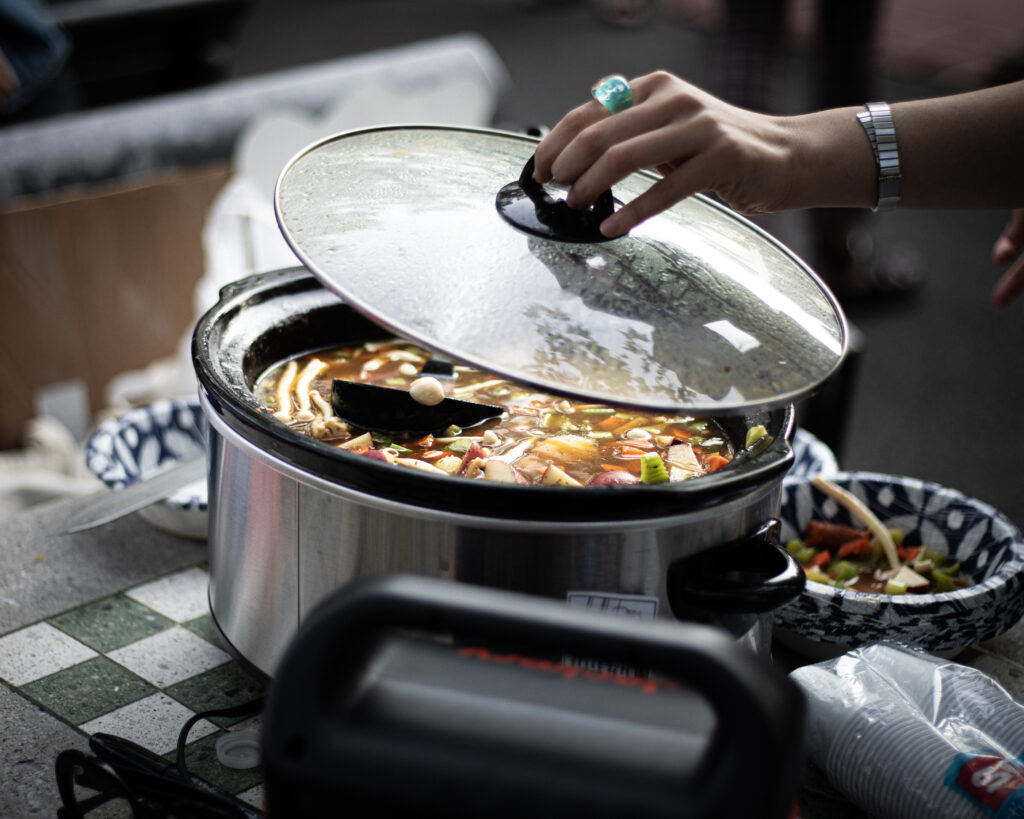
During the Great Depression, families survived on perpetual soup pots – constantly evolving broths that never truly ended, only transformed. Start with vegetable scraps, leftover meats, and bones in a large pot. Each day, add new ingredients while replenishing the liquid, creating an ever-changing tapestry of flavors that can save families $20-30 weekly.Learn the Art of Creative Leftover Transformation
10. Learn One Ingredient Recipe Substitutions

Panic shopping for that one missing ingredient leads to $23 in impulse purchases on average. Instead, master the art of pantry substitution. Need buttermilk? Add lemon juice to regular milk. Creating cake flour? Replace one tablespoon per cup of all-purpose flour with cornstarch. You’ll save over $200 annually.
9. Master the Art of Meat Extenders

When beef prices have climbed 20% since 2019, our grandmothers’ wisdom about stretching meat feels prophetic. Blend ground meat with lentils, beans, mushrooms, or grated vegetables – not as compromise, but as enhancement. This technique can cut your protein budget by 25-30% while boosting nutrition and reducing saturated fat.
8. Revive the Practice of Regrowing Vegetables
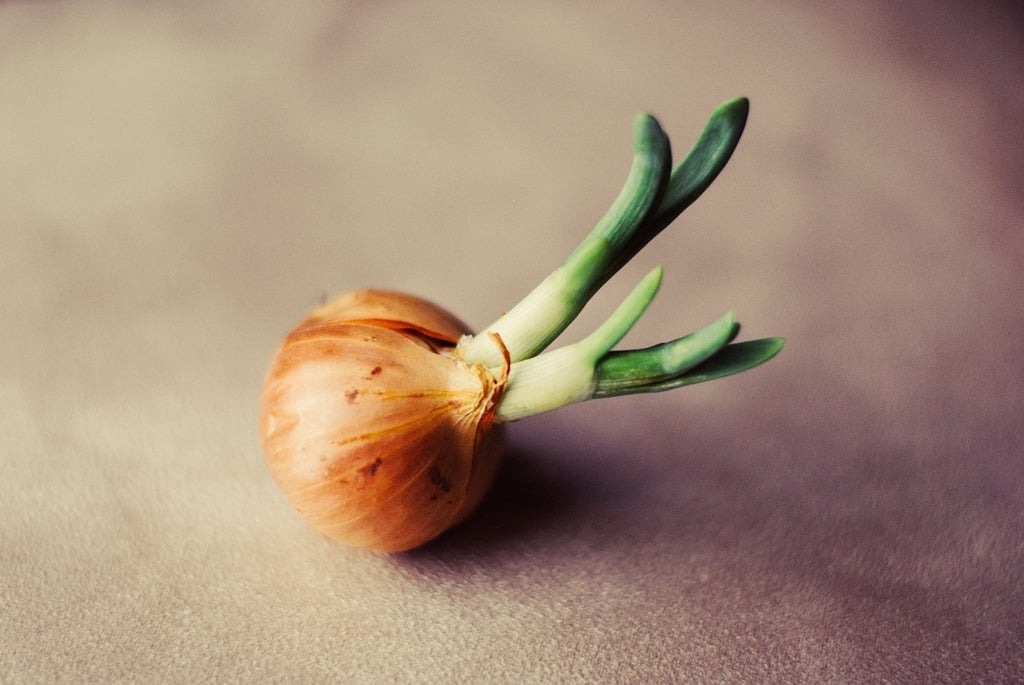
Your kitchen windowsill can become a miniature farm with nothing more than vegetable scraps and water. Place green onion bulbs in a glass of water and watch them resurrect themselves. This practice can save families up to $600 annually while providing a constant supply of fresh ingredients.
7. Rediscover Proper Freezing Techniques

Freezer burn is the graveyard where good intentions go to die. Blanch vegetables before freezing to preserve their color and nutrients. Flash-freeze berries on baking sheets to prevent clumping. These methods extend food quality from months to nearly a year, potentially saving $1,500-3,000 annually in reduced waste.
6. Embrace the Full Potential of Beans and Lentils
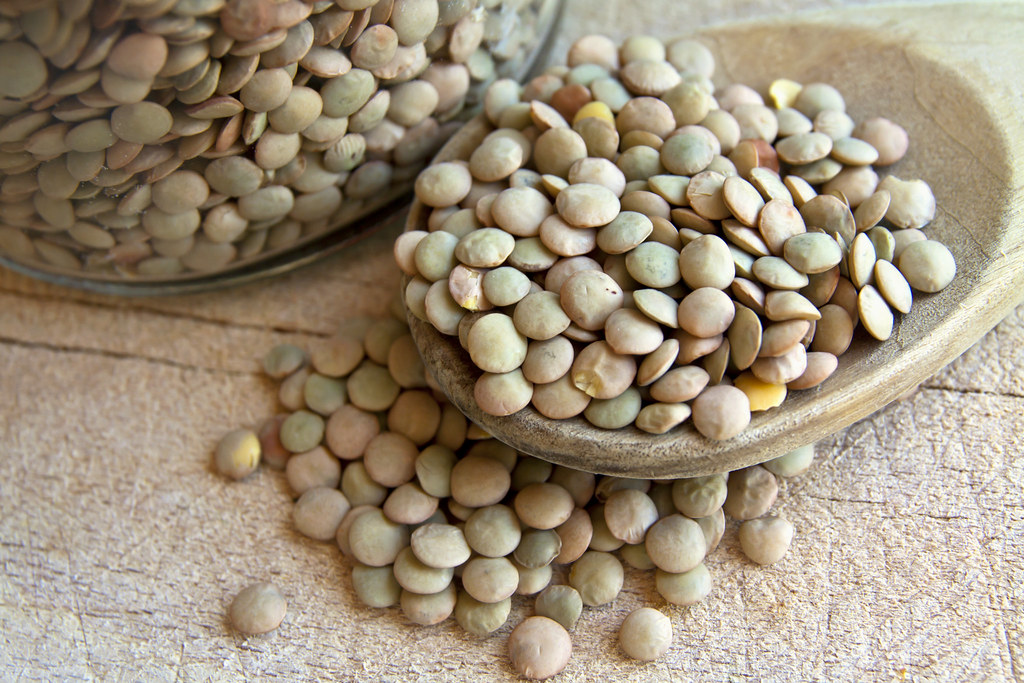
Dried beans cost 75% less than their canned cousins, but they require something money can’t buy: time and intention. Soak them overnight like you’re preparing for a ritual, then simmer until tender. Incorporating beans and lentils as primary proteins can save families $780 annually while improving overall nutrition
5. Master the Craft of Homemade Stocks

Store-bought stocks are pale imitations of what simmering bones and vegetable scraps can create. Use bones from roasted chicken, beef, or pork combined with onion skins, carrot peels, and celery ends. Homemade stock provides superior flavor and nutrition while saving frequent cooks $200-250 annually.
4. Rediscover Traditional Food Preservation

Fermentation, pickling, curing, and smoking aren’t just preservation methods – they’re flavor enhancement techniques that create foods more complex than their fresh counterparts. Homemade sauerkraut contains beneficial bacteria that support gut health while delivering tangy, probiotic richness. Replacing store-bought fermented products can save health-conscious households $500-800 annually.
3. Learn the Art of Creative Leftover Transformation

Food waste drains household budgets; the average American family wastes Food waste drains $1,800 annually from the average family budget, but leftovers aren’t failures – they’re opportunities for creative reinterpretation. Transform roast chicken into enchiladas, soup, and stock. Leftover chili becomes a flavorful topping for baked potatoes or nachos. Mastering leftover transformation can recapture at least $1,200 of wasted money yearly.
2. Embrace Once a Week Batch Cooking
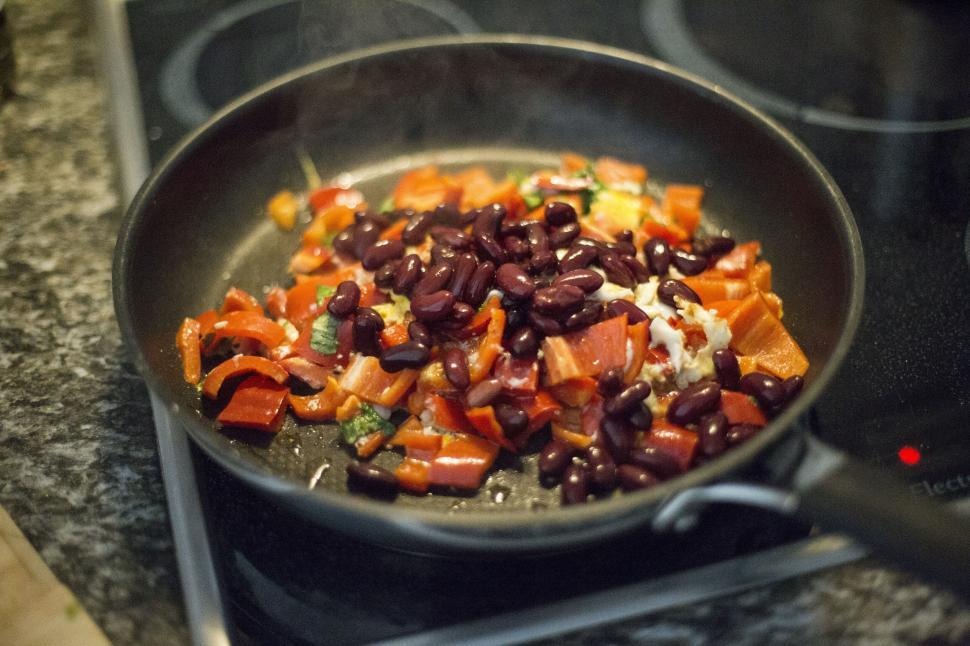
Sunday afternoons filled with roasting vegetables and simmering beans aren’t just meal prep – they’re investments in weeknight sanity. Batch cooking reduces overall cooking time by 40% while creating building blocks for effortless meals throughout the week. This practice can lead to $2,000-2,500 in annual savings through reduced takeout dependency.
1. Master the Art of Kitchen Scrap Gardening

Carrot tops, broccoli stems, beet greens, and celery leaves often contain more nutrients than the parts we typically consume. These “scraps” transform into pestos, salads, and stir-fries that add both nutrition and unique flavors to meals. Using every part of vegetables can increase food purchasing power by $600-800 annually while reducing the 14% of purchased food that typically gets discarded.

















